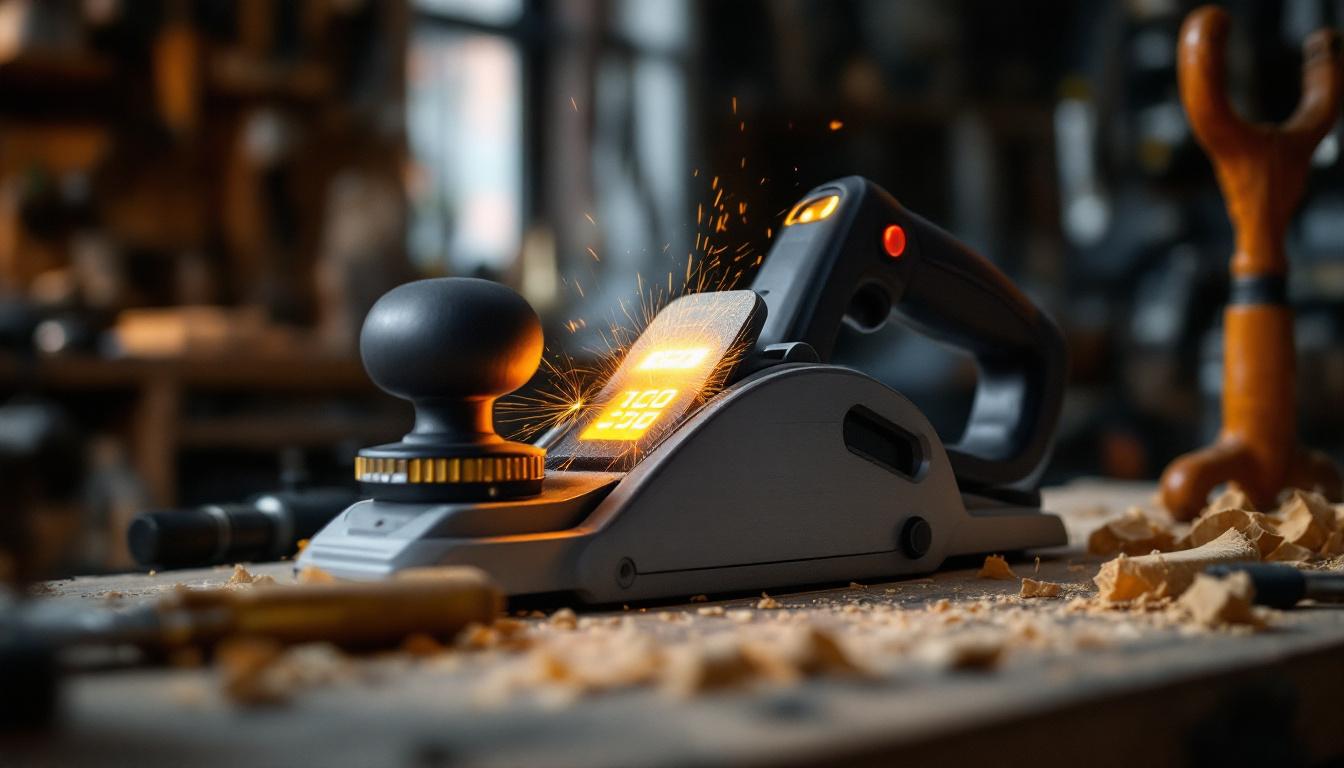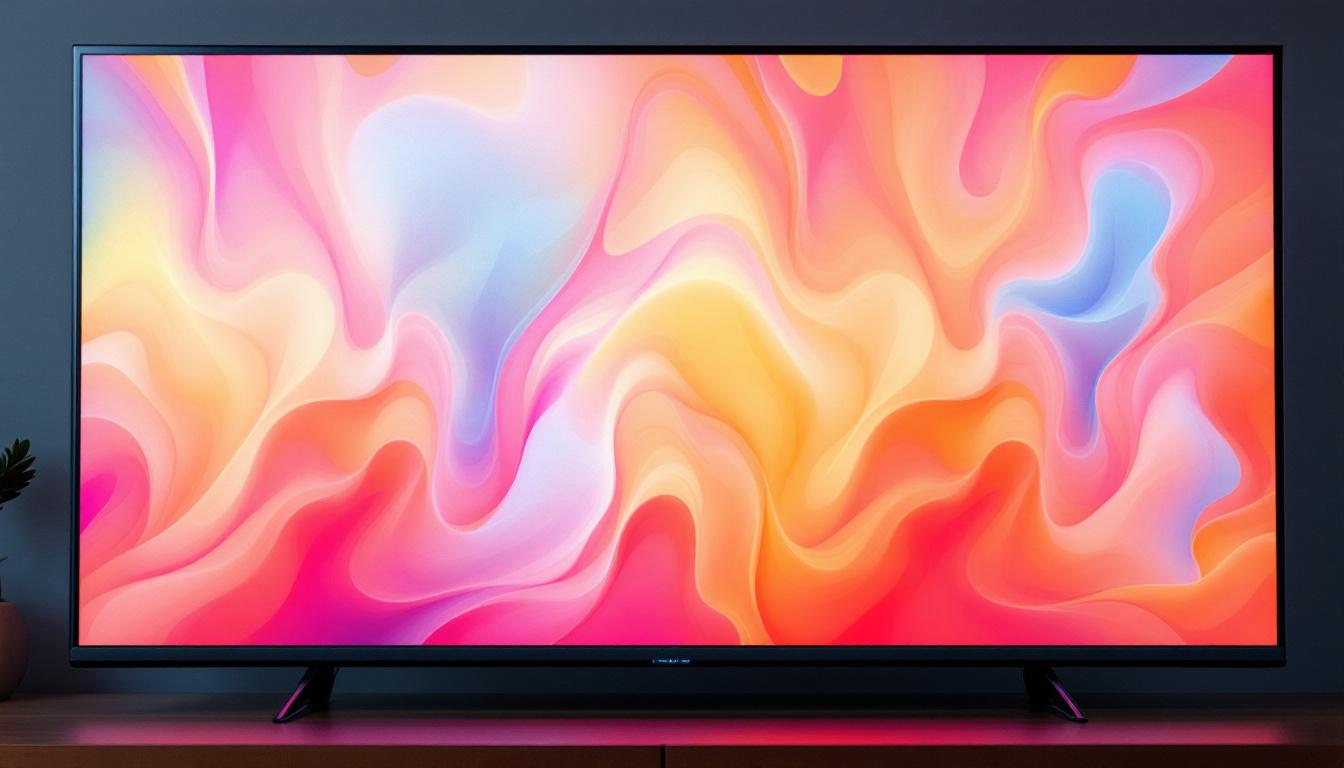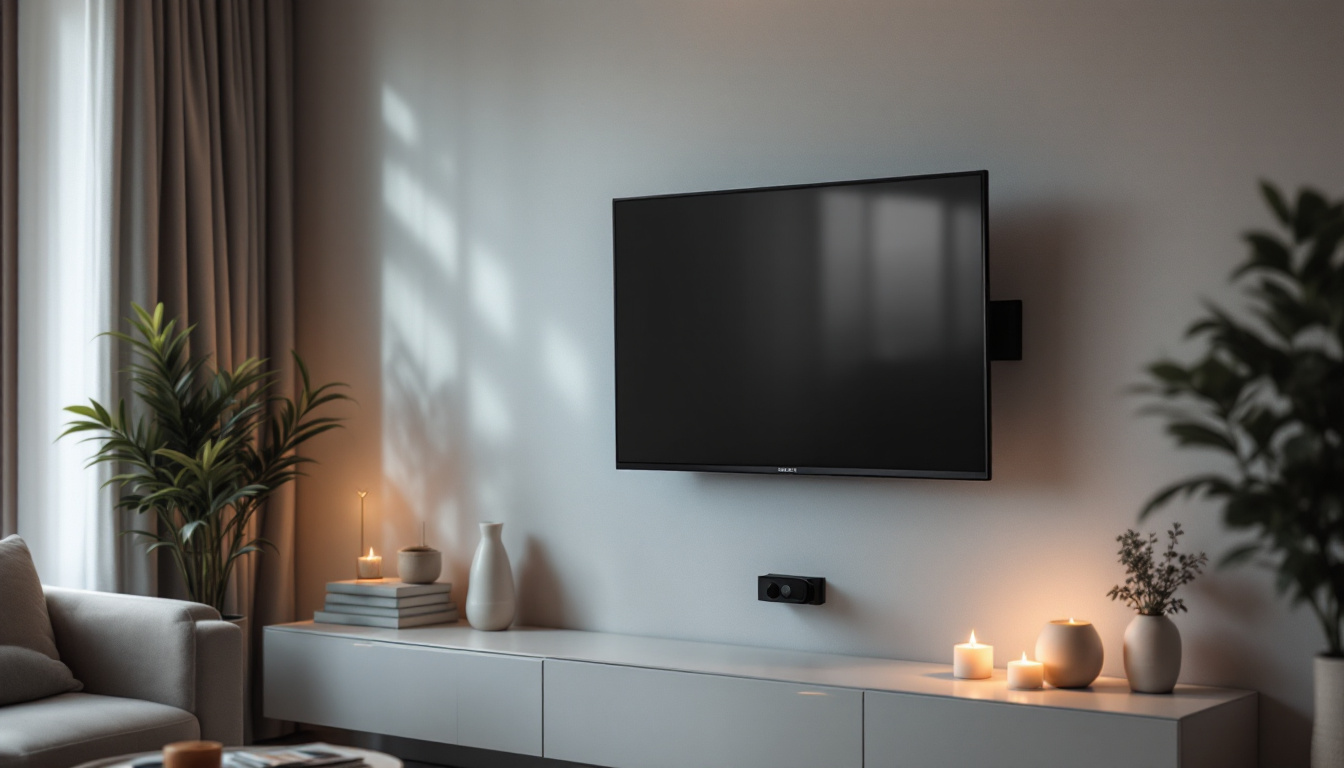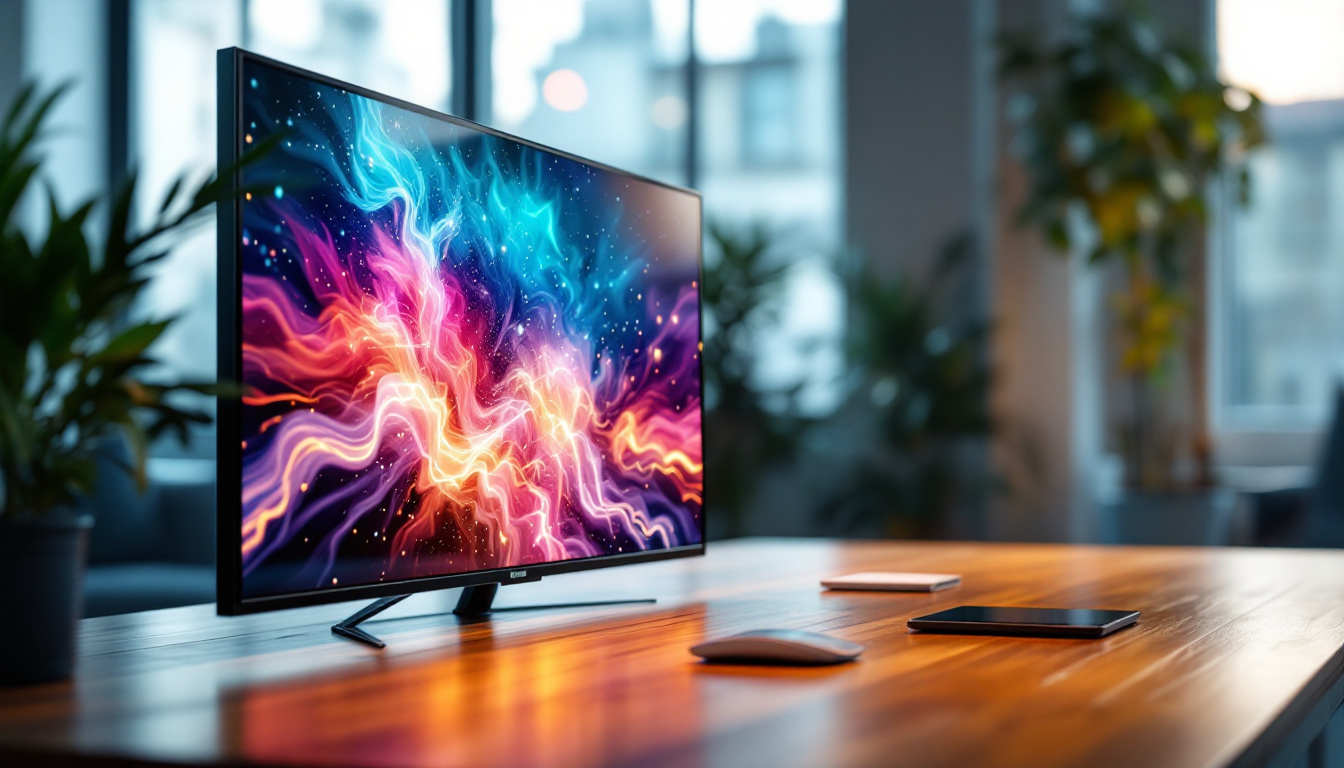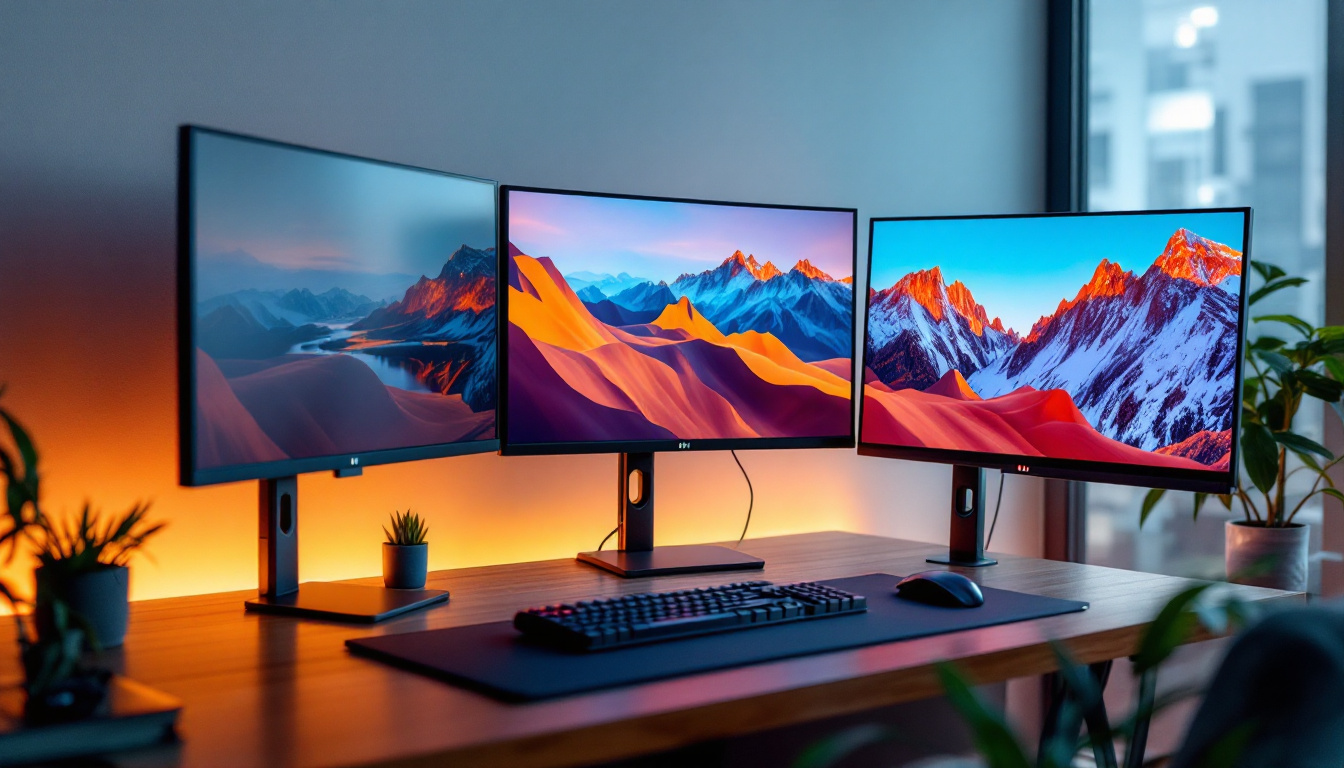In the world of woodworking, precision and control are paramount. Small hand planers have long been essential tools for craftsmen, carpenters, and DIY enthusiasts alike. With recent advancements in technology, these tools are becoming smarter and more user-friendly, incorporating features such as LED displays. But what exactly does an LED display bring to a small hand planer, and how does it enhance the woodworking experience? This article delves into the details, explaining the role and benefits of LED displays on small hand planers, and why they are becoming a staple in modern workshops.
Understanding the Small Hand Planer
A small hand planer is a compact, handheld power tool designed to smooth, shape, and reduce the thickness of wood surfaces. Unlike larger stationary planers, small hand planers offer portability and ease of use, making them ideal for detailed work, edge trimming, and on-site adjustments. This versatility allows woodworkers to tackle a variety of tasks, from fine woodworking projects to quick repairs around the home, making it an essential tool in any DIY enthusiast’s arsenal.
Traditionally, these tools relied on manual settings for depth adjustment and speed control, requiring users to rely on experience and visual judgment to achieve the desired results. While effective, this approach can sometimes lead to inconsistencies, especially for beginners or when working on complex projects. The learning curve associated with manual planers often discouraged novice woodworkers, but advancements in technology have made small hand planers more accessible to users of all skill levels.
Key Features of Small Hand Planers
Modern small hand planers typically include:
- Adjustable cutting depth: Allows users to control how much material is removed with each pass.
- Variable speed settings: Enables optimization of cutting speed based on wood type and project requirements.
- Ergonomic design: Ensures comfort and reduces fatigue during prolonged use.
- Dust extraction ports: Helps maintain a clean work environment.
While these features have improved usability, the integration of LED displays is a significant leap forward in enhancing precision and user feedback. These displays provide real-time information on cutting depth and speed, allowing users to make quick adjustments without interrupting their workflow. Furthermore, many modern small hand planers are equipped with built-in safety features, such as automatic shut-off mechanisms that engage when the tool is not in use, ensuring that both the user and the tool remain protected during operation.
In addition to these technological advancements, small hand planers often come with a variety of blade options, allowing users to select the best fit for their specific project needs. High-speed steel blades offer durability and sharpness for general use, while carbide-tipped blades provide longer-lasting performance for tougher materials. This adaptability not only enhances the tool’s functionality but also empowers woodworkers to experiment with different techniques and finishes, broadening their creative horizons.
The Role of LED Displays in Small Hand Planers
LED (Light Emitting Diode) displays on small hand planers serve as a digital interface that provides real-time information about the tool’s settings and operational status. This technological addition transforms the planer from a purely mechanical device into a smart tool that communicates directly with the user.
What Information Does the LED Display Provide?
The LED display typically shows critical data such as:
- Cutting depth: Displays the exact depth setting in millimeters or inches, allowing for precise adjustments without guesswork.
- Speed settings: Indicates the current blade rotation speed, which can be adjusted based on the material being planed.
- Battery life or power status: For cordless models, the display shows remaining battery life, helping users plan their work sessions efficiently.
- Error messages or maintenance alerts: Some advanced models provide warnings for blade wear, motor overheating, or other issues.
This level of feedback is invaluable for maintaining consistent results and prolonging the tool’s lifespan.
How LED Displays Enhance User Experience
The inclusion of an LED display improves the overall user experience in several ways:
- Precision and accuracy: Users can set and monitor exact cutting depths, reducing material waste and rework.
- Ease of use: Digital readouts eliminate the need for manual measurements, making the tool more accessible to novices.
- Efficiency: Quick adjustments via the display save time during setup and between passes.
- Safety: Alerts and warnings help prevent damage to the tool or injury to the user.
For professionals, these benefits translate into higher quality work and improved productivity. For hobbyists, they reduce frustration and build confidence.
Technical Insights: How LED Displays Work on Small Hand Planers
To appreciate the value of LED displays, it helps to understand their technical integration within the planer.
Sensor Integration
Small hand planers equipped with LED displays often incorporate sensors that measure blade position, motor speed, and battery status. For example, a depth sensor tracks the blade’s vertical movement, sending data to the display for real-time depth indication.
Similarly, electronic speed controllers monitor the motor’s RPM (revolutions per minute) and adjust power delivery accordingly, with the current speed shown on the display.
Control Interface
The LED display is paired with control buttons or dials that allow users to adjust settings digitally. This interface replaces or supplements traditional mechanical knobs, offering finer control and repeatability.
Some models even feature touch-sensitive controls or integrate with smartphone apps for remote monitoring and customization.
Power Management
For cordless small hand planers, the LED display plays a crucial role in power management. It provides a clear indication of battery charge levels, often with percentage readouts or color-coded warnings. This transparency helps users avoid unexpected shutdowns during critical tasks.
Practical Benefits of LED Displays in Woodworking
Beyond the technical aspects, the practical advantages of LED displays in small hand planers are significant. They directly impact the quality of work and user satisfaction.
Improved Accuracy and Consistency
Woodworking demands exactness. Even minor deviations in cutting depth can affect joinery, surface smoothness, and overall fit. The LED display’s precise depth readout allows users to maintain consistent settings across multiple passes or different workpieces.
For example, when trimming door edges or fitting cabinetry components, maintaining uniform thickness is critical. The digital display ensures that the planer’s blade depth is set identically each time, reducing errors and material waste.
Faster Setup and Adjustments
Traditional planers require manual calibration, often involving trial and error. With an LED display, users can quickly dial in the desired settings, verify them visually, and proceed without hesitation.
This efficiency is particularly beneficial in professional settings where time is money. It also makes the tool more approachable for beginners, who might otherwise struggle with mechanical adjustments.
Enhanced Safety and Maintenance
LED displays that provide alerts for blade wear or motor overheating contribute to safer operation. Users receive timely warnings that prompt them to replace blades or allow the motor to cool, preventing accidents and extending tool life.
Additionally, clear battery indicators help avoid sudden power loss, which can be dangerous during delicate operations.
Choosing a Small Hand Planer with an LED Display
With the growing popularity of LED-equipped small hand planers, selecting the right model requires consideration of several factors.
Display Clarity and Information
Not all LED displays are created equal. Look for models with bright, easy-to-read screens that provide comprehensive information without clutter. Some displays offer backlighting for use in dimly lit workshops, which can be a valuable feature.
Adjustability and Controls
Evaluate how the display integrates with the planer’s controls. Intuitive interfaces that allow quick adjustments without interrupting workflow are preferable. Physical buttons may offer tactile feedback, while touch controls can provide a modern feel but may be less precise with gloves.
Durability and Build Quality
Since woodworking environments can be dusty and rough, the LED display and its housing should be robust and resistant to impact and moisture. Look for models with protective covers or sealed electronics to ensure longevity.
Battery Life and Power Source
For cordless planers, consider battery capacity and recharge times. The LED display’s power consumption should be minimal to avoid reducing overall runtime. Some models offer removable batteries for extended use.
Future Trends: Smart Features and Connectivity
The integration of LED displays on small hand planers is just the beginning of a broader trend towards smart woodworking tools.
Wireless Connectivity and App Integration
Emerging models are beginning to feature Bluetooth or Wi-Fi connectivity, allowing users to monitor tool status and adjust settings via smartphone apps. This connectivity can enable firmware updates, usage tracking, and personalized presets tailored to specific projects or materials.
Advanced Sensors and Automation
Future small hand planers may incorporate more sophisticated sensors that automatically adjust blade depth and speed based on wood hardness or grain direction. The LED display could then provide feedback on these automatic adjustments, giving users greater control with less manual intervention.
Augmented Reality (AR) and User Guidance
Some manufacturers are exploring AR integration, where the LED display or connected devices provide visual guides overlaid on the workpiece, helping users achieve perfect cuts and finishes with step-by-step instructions.
Conclusion
The addition of LED displays to small hand planers marks a significant advancement in woodworking technology. By providing precise, real-time information on cutting depth, speed, battery status, and tool health, these displays enhance accuracy, efficiency, and safety. Whether for professional carpenters or hobbyists, the LED display transforms the planer into a smarter, more intuitive tool that supports better craftsmanship.
As technology continues to evolve, the capabilities of small hand planers will expand further, integrating connectivity and automation to meet the demands of modern woodworking. For anyone looking to invest in a small hand planer today, choosing a model with a well-designed LED display is a step toward embracing the future of precision woodworking.
Discover the Future of Precision Woodworking with LumenMatrix
Ready to elevate your woodworking projects with the latest in LED display technology? LumenMatrix is at the forefront of innovation, offering a wide range of LED display solutions that bring your craftsmanship to life. From enhancing your workshop’s visibility to creating dynamic visual experiences, our LED displays are designed to revolutionize visual communication. Don’t miss out on the opportunity to transform your woodworking artistry. Check out LumenMatrix LED Display Solutions today and join the evolution of precision woodworking.

